Type of resources
Keywords
Contact for the resource
Provided by
-
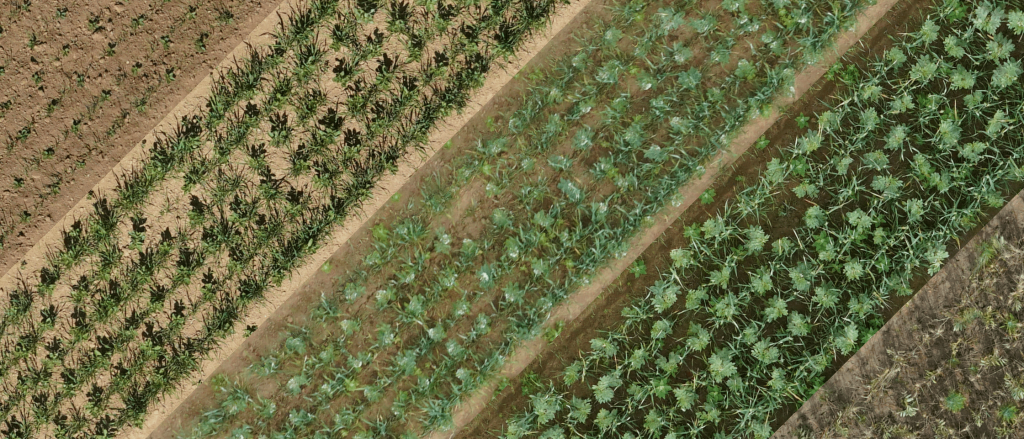
This dataset contains the multitemporal RGB-Image field patches of the "PhenoRob Core Project 5 Mixed Cropping" experiment located at Campus Klein-Altendorf from 2020. 320 Field Patches, including both bean-wheat mixtures but also reference monocultures, were overflown by drone at 11 different time points (RGB) during the growing season. The cropped orthomosaics were rotated for ease of handling and processed to a uniform ground resolution of 3 mm. File endings 'A' and 'B' stand for two different used cameras (also different drones), resulting in slight spectral differences in the images. However, all RGB images are in TIFF format and of type UINT8.
-
Sugar beet shoot and root phenotypic plasticity to nitrogen, phosphorus, potassium and lime omission

Data were collected in 2019 in Dikopshof, Wesseling, Germany
-
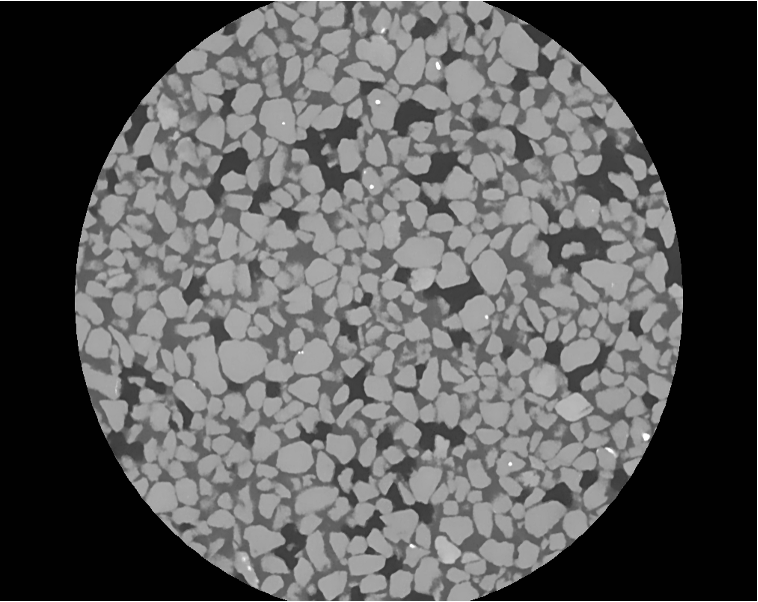
µCt images with a resolution of 11µm
-
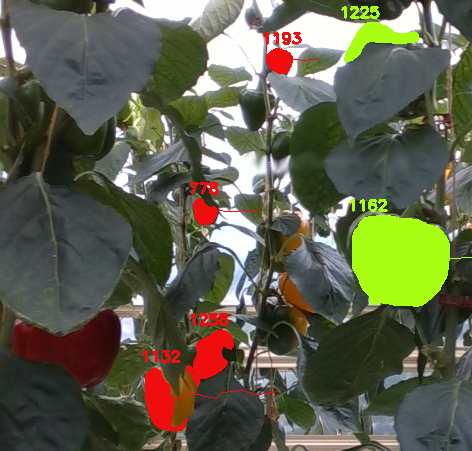
A sweet pepper dataset which was captured in the CKA glasshouse using PathoBot. It contains differently coloured sweet peppers in various ripening stages. More information, citations and a related previous dataset can be found at http://agrobotics.uni-bonn.de/sweet_pepper_dataset/
-

A Large Dataset and Benchmarks for Semantic Image Interpretation in the Agricultural Domain. Please find more information at: https://www.phenobench.org/
-
Reflectance orthomosaics of PhenoRob Central Experiment derived from 2021 multispectral image data.
-
This data set is generated by the bio-economic farm-level model FarmDyn (https://farmdyn.github.io/documentation/). X_raw.parquet.gzip contains the input data (77 variables), and Y_raw.parquet.gzip contains the corresponding output data (248 output variables). A farm in FarmDyn maximizes its profit based on the what input values are given (e.g. crop prices, farm size, etc.). The output variables are either a farm's decisions of farming activites or the outcomes of its decisions. The data can be read in python by pd.read_parquet.
-
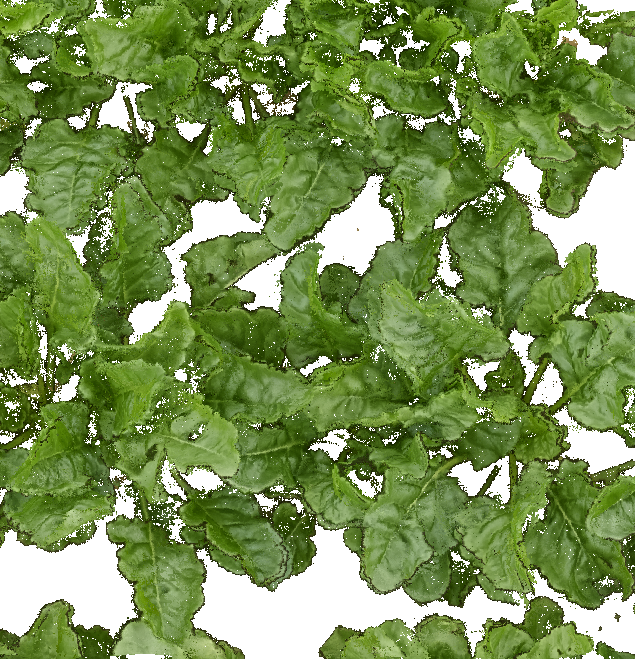
This dataset contains point clouds of sugar beet plants in field conditions. The data was recorded at Bundessortenamt and was manually labeled for leaf instance segmentation. If you want to use the dataset please contact me.
-
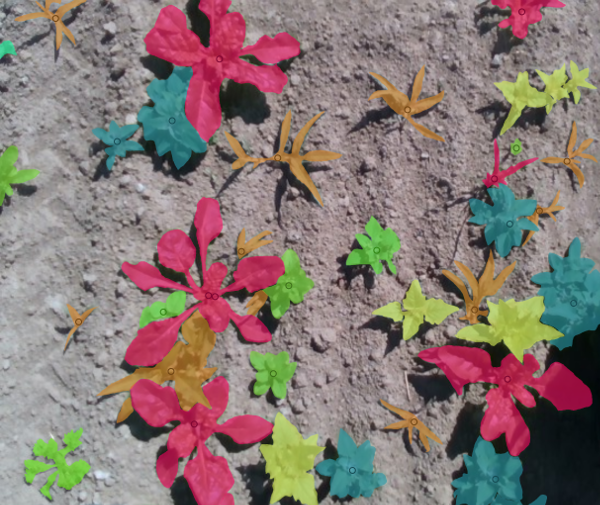
SB20 is a sugar beet dataset that was captured at a field on campus Klein Altendorf of the University of Bonn. The data was captured by mounting an Intel RealSense D435i sensor with a nadir view of the ground on a Sagarobot. It contains RGB-Dimages of sugarbeet and eight different categories of weeds covering a range of growth stages, natural world illumination conditions, and challenging occlusions. The dataset provides multi-class annotations.
-

The corn Dataset (CN20) was captured using BonnBot-I. This is a challenging dataset for crop monitoring approaches as it is a grass crop.
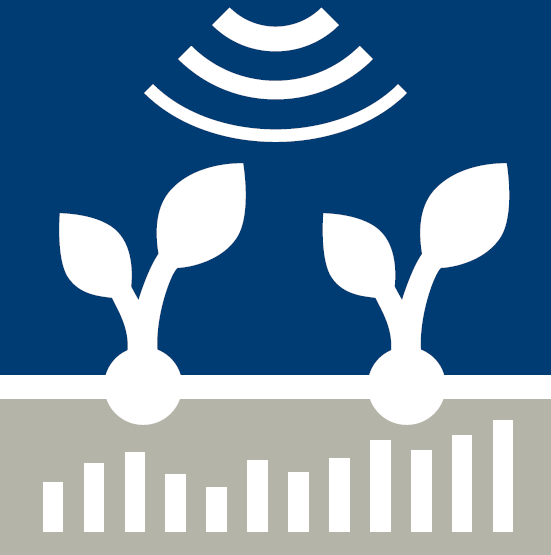 PhenoRoam
PhenoRoam